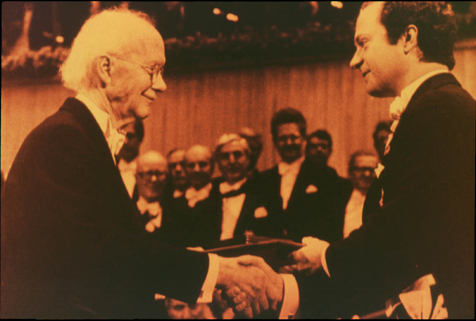
Faculty Research 1980 - 1989
Integration pattern of hepatitis B virus DNA sequences in human hepatoma cell lines.
Document Type
Article
Publication Date
1981
Keywords
DNA-Viral: ge, Hepatitis-B-Surface-Antigens: ge, Hepatitis-B-Virus: ge, Hepatoma: an, Human, Kinetics, Liver-Neoplasms: an, Nucleic-Acid-Hybridization, Nucleic-Acid-Renaturation, Recombination-Genetic, SUPPORT-NON-U-S-GOVT
First Page
239
Last Page
243
JAX Source
J Virol 1981 Jan;37(1):239-43
Abstract
Four human hepatoma cell lines established from primary hepatocellular carcinomas were examined for the presence of hepatitis B virus DNA sequences. Reassociation kinetic analysis indicated that the cell lines HEp-3B 217, HEp-3B 14, HEp-3B F1, and PLC/PRF/5 contained two, one, one, and four genome equivalents per cell, respectively. Southern blot hybridization analysis demonstrated that hepatitis B virus DNA was integrated into the cellular DNAs of these cell lines. Further liquid hybridization studies with 32P-labeled HincII restriction fragments of hepatitis B virus DNA established that DNA sequences from all regions of the HBV genome were represented in the integrated viral sequences. Although the three HEp-3B cell lines were derived from the same tumor, they differed significantly in their patterns of integration of hepatitis B virus DNA, the number of copies of viral DNA per cell, and their ability to produce the virus-coded surface antigen.
Recommended Citation
Twist EM,
Clark HF,
Aden DP,
Knowles BB,
Plotkin SA.
Integration pattern of hepatitis B virus DNA sequences in human hepatoma cell lines. J Virol 1981 Jan;37(1):239-43

